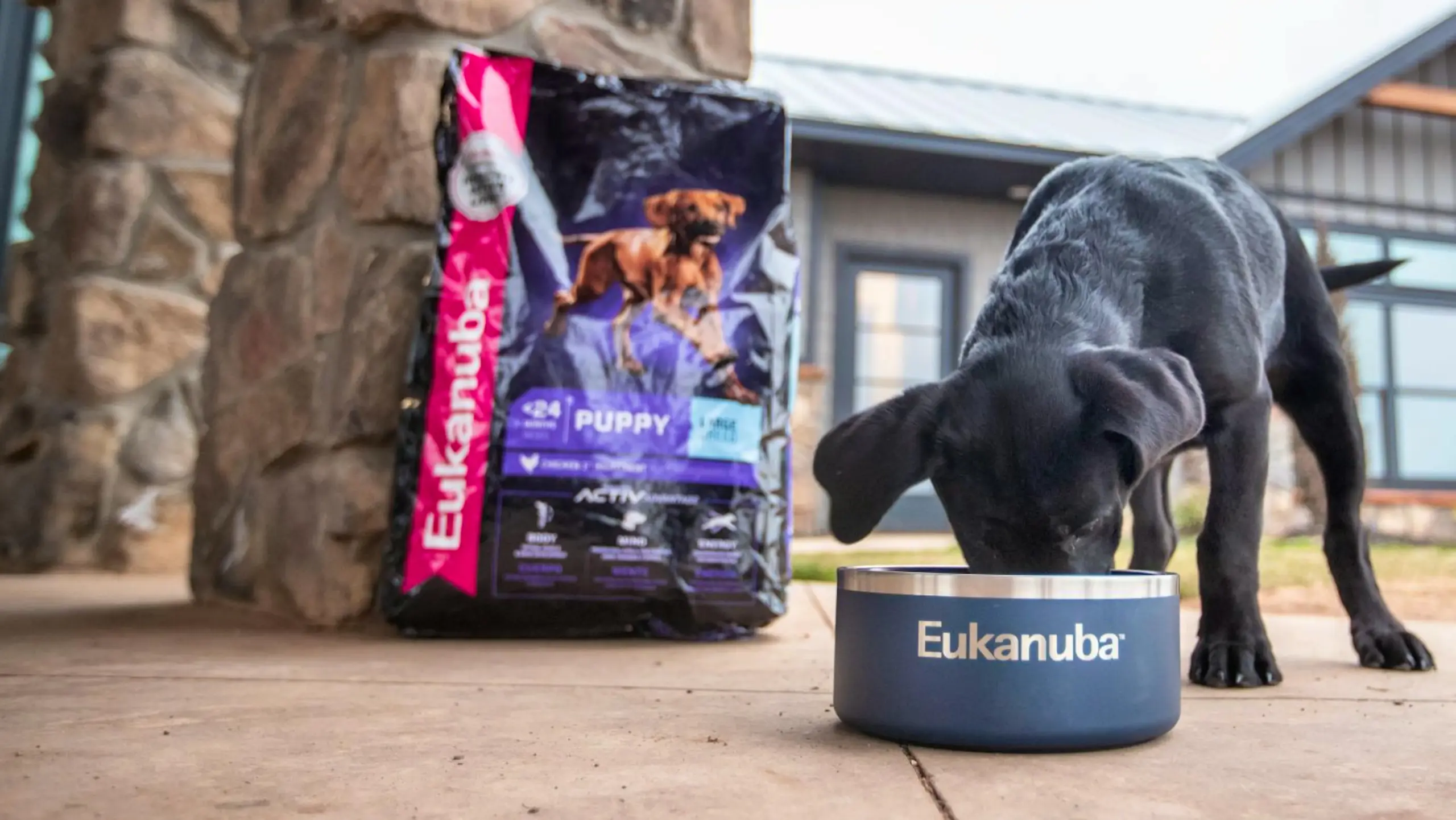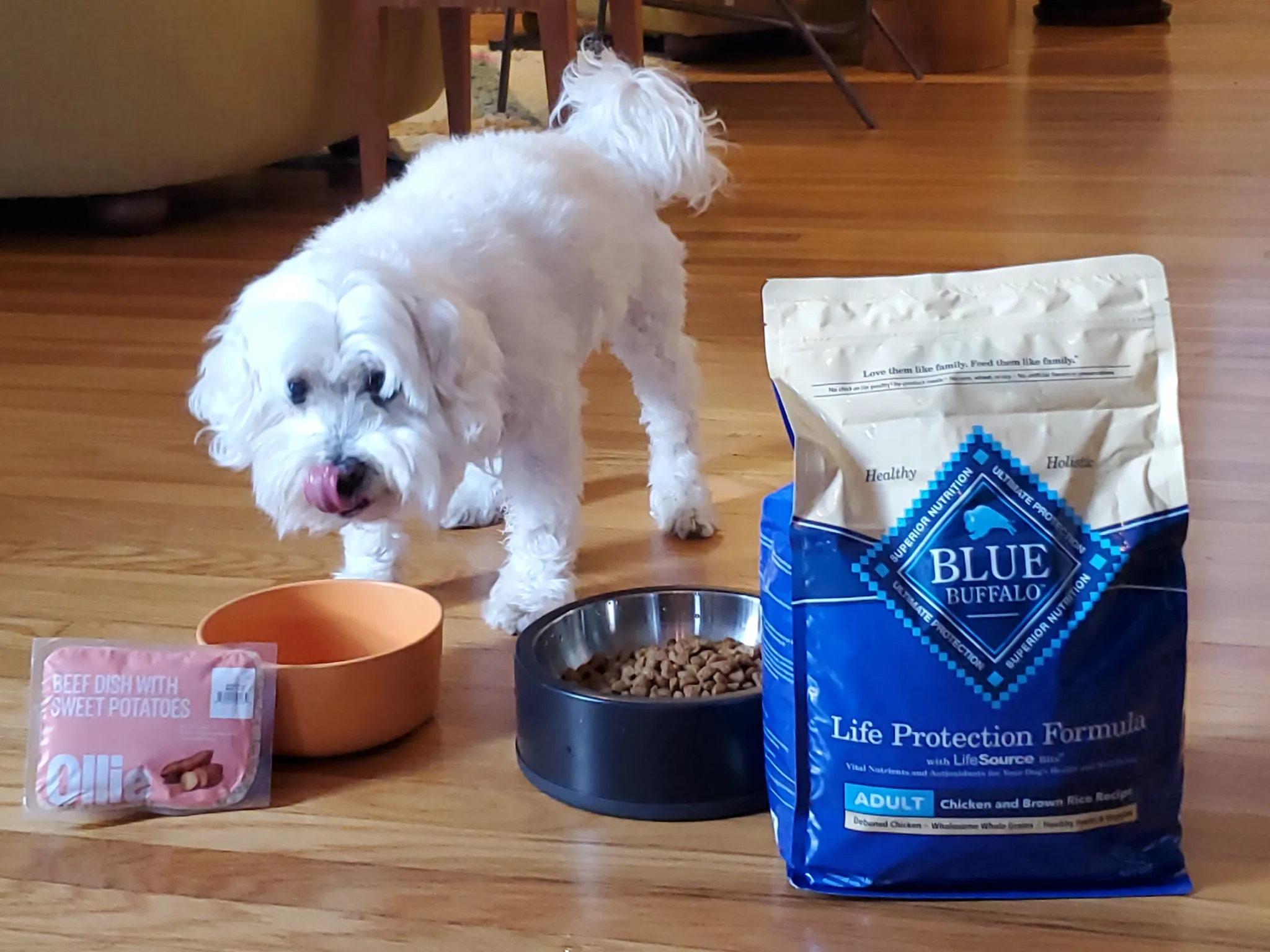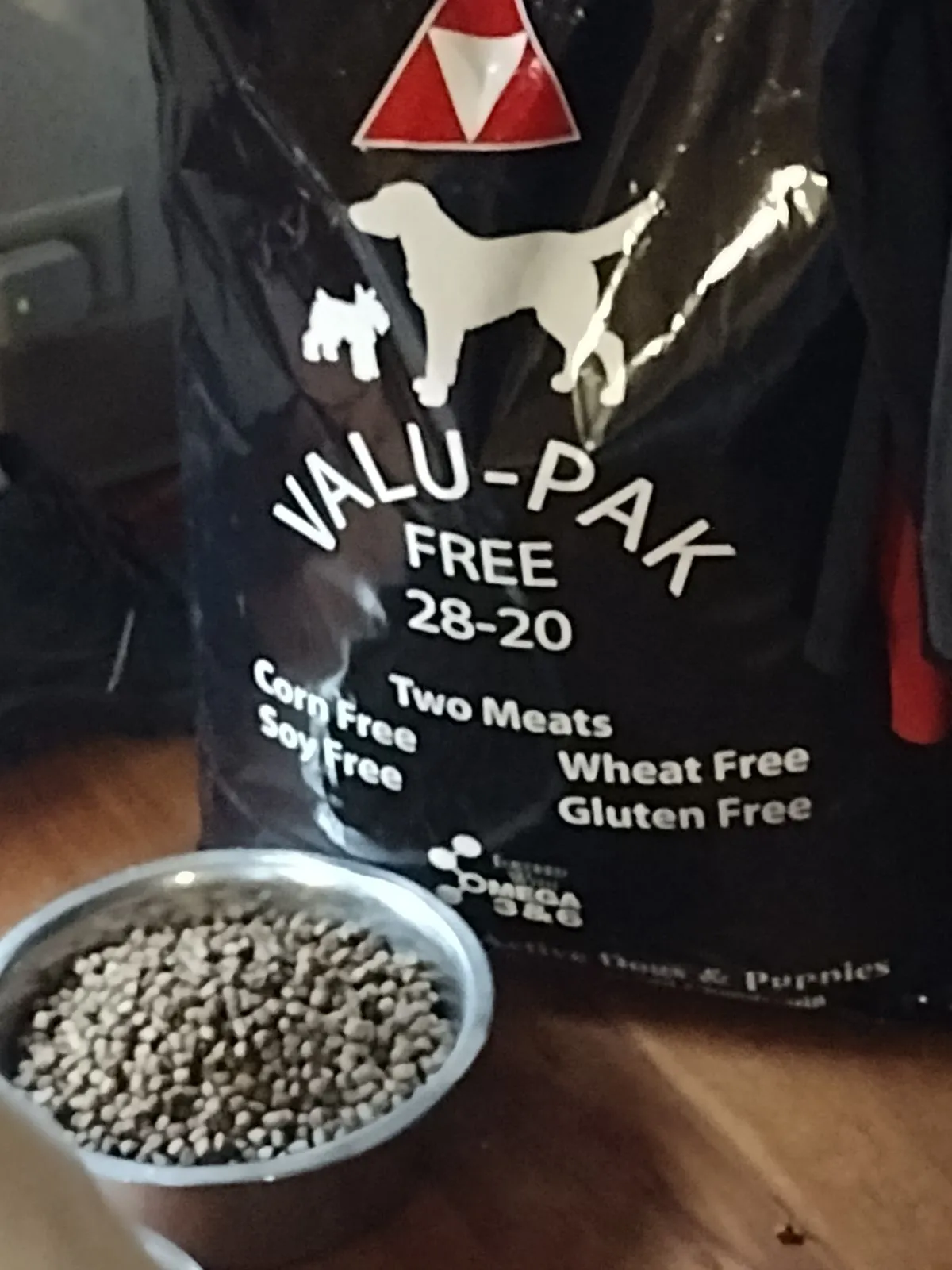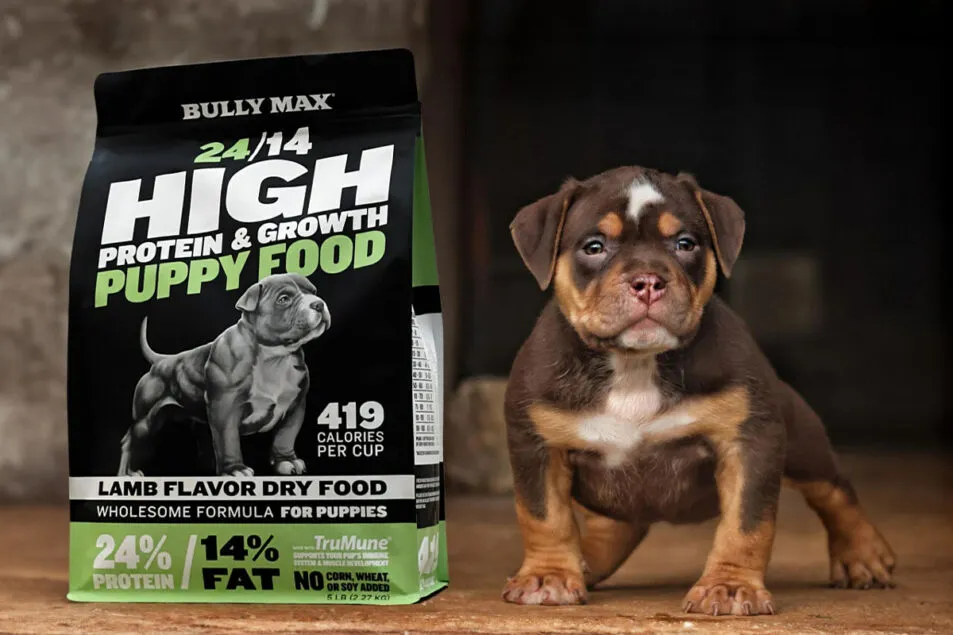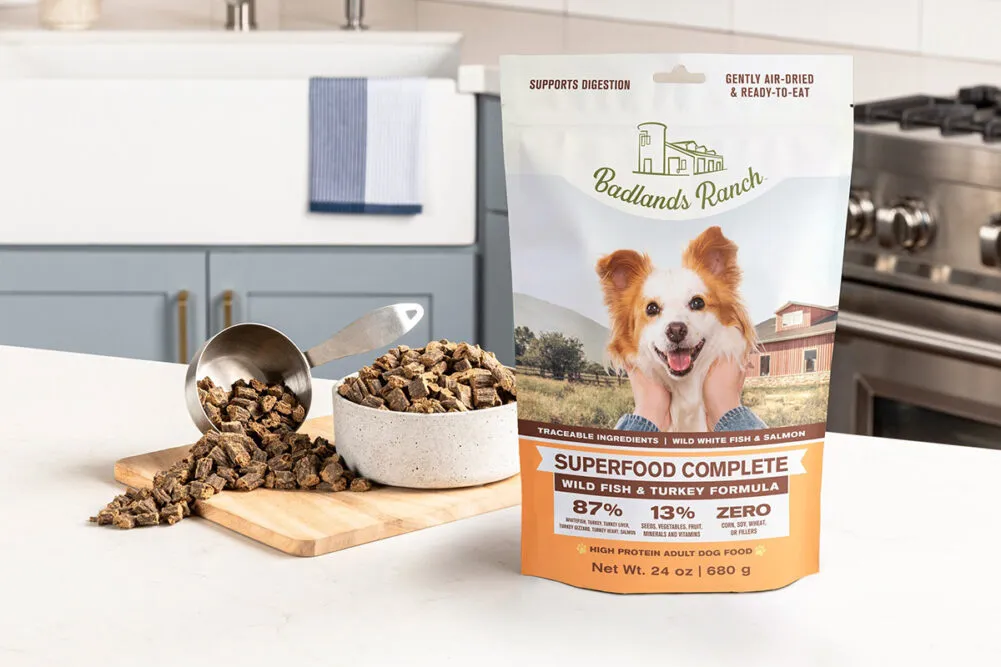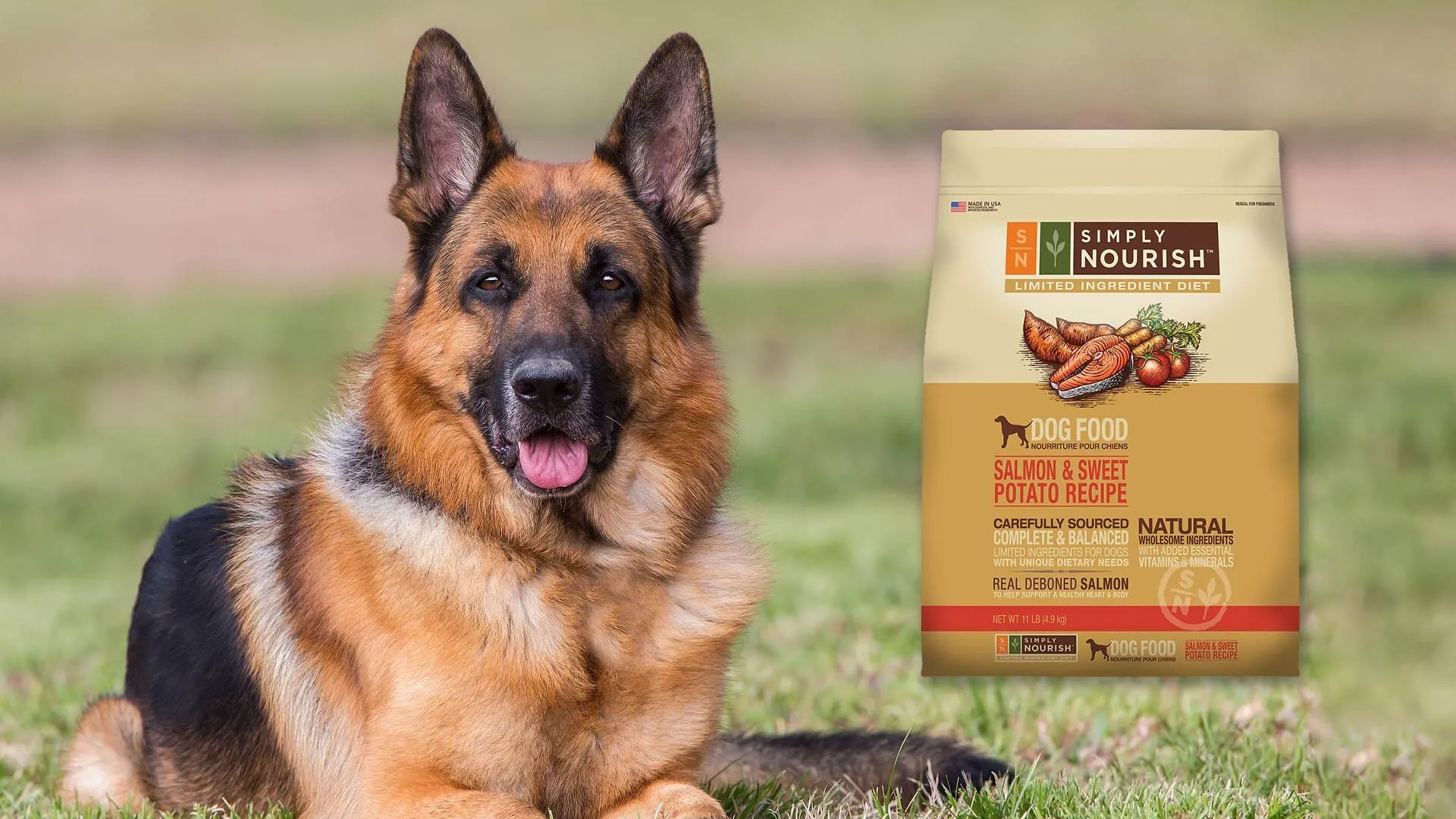In recent years, the Farmer’s Dog Food industry has changed dramatically, and The Farmer’s Dog became one of the pioneers in natural human-grade dog food.

This direct-to-consumer brand has disrupted the norms of kibble making by providing customised, gently prepared meals specific to individual dogs’ nutritional needs.
As pet owners are beginning to care for their companions’ health with the same dedication as they care for their own, The Farmer’s Dog is no longer a simple option for a diet but a change in the very approach to canine wellbeing.
The Farmer’s Dog Food Ingredient Sourcing and Safety Protocols
The ingredient philosophy of the Farmer’s Dog is governed by transparency. Both proteins and non-proteins are sourced from human food facilities approved by the USDA – the animals are free from antibiotics, while fisheries meet the standards of the Marine Stewardship Council.
Their supply chain does not include rendered meats, artificial preservatives, and feed-grade ingredients that are characteristic of traditional pet foods. Severe testing procedures go beyond the FDA, as each batch is tested for pathogens and nutritional value before dispatch.
This farm-to-bowl approach guarantees traceability from individual suppliers to individualised meal packs, with the name of the dog on it and feeding instructions.
The Science behind Formulations of Fresh Food.
The Farmer’s Dog hires veterinary nutritionists to create wholesome, non-synthetic, supplement-free recipes for complete and balanced nutrition under the AAFCO standards.
Cooking is a process that is not only free of heat damage, but it also occurs at lower temperatures than the industrial extrusion commonly used in the kibble manufacturing process.
This mild process preserves the bioavailability of proteins, antioxidants and phytonutrients that degrade through high heat processes.
Clinical studies conducted on fresh-fed dogs can improve in digestibility score averages of 85-90% as compared to dry kibble at 65-75%, a good indicator of better absorption of nutrients resulting in smaller, firmer stools.
Tailoring Nutrition to Individual Needs
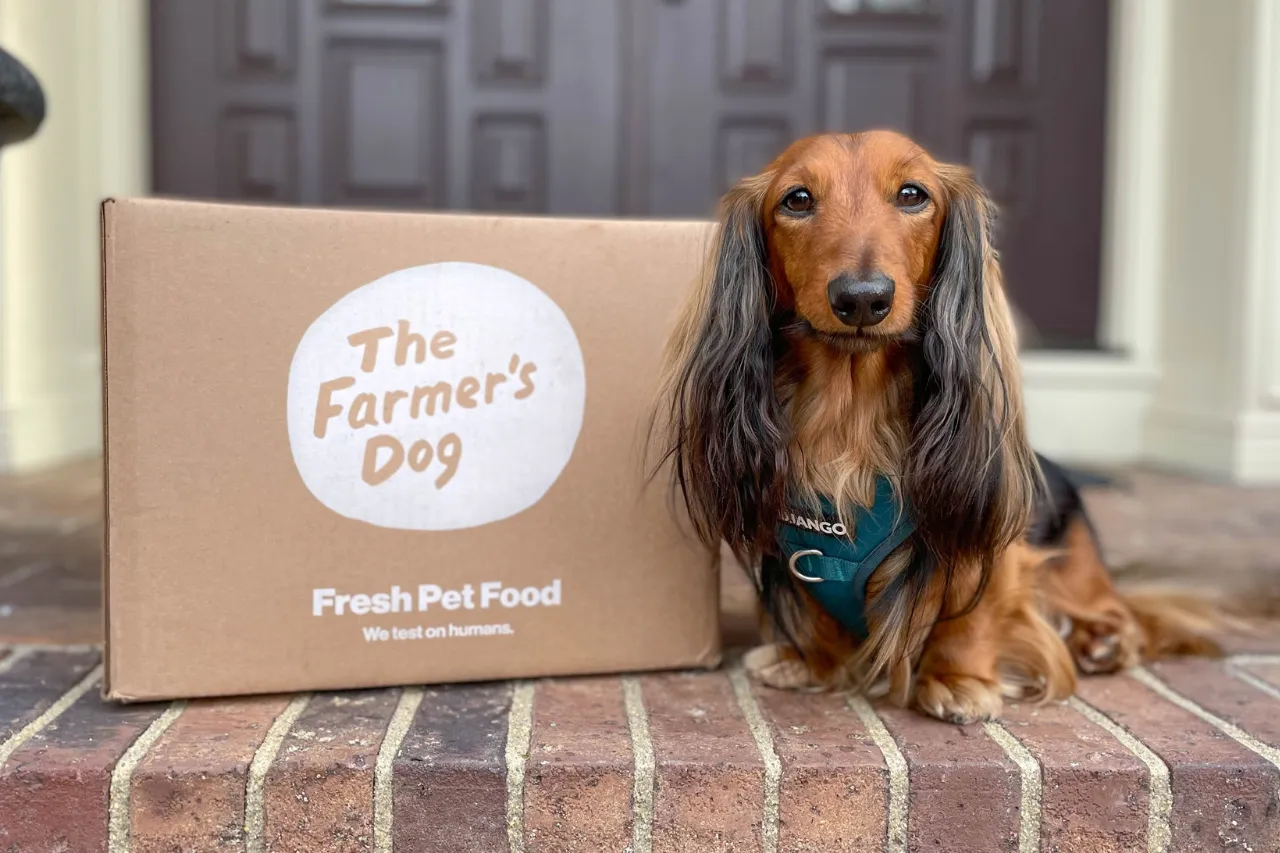
The proprietary algorithm of the brand takes into account more than a dozen variables: breed, age, weight, activity, and health conditions to offer customised meal plans.
A Labrador puppy is fed high-calorie food, which contains developmental nutrients, and a senior Pug is supplied with joint-supporting ingredients in bite-sized pieces.
Customers fill in comprehensive pet profiles that guide future remedial action, categorically beneficial for pets with allergies, obesity or renal problems.
This data-driven customisation differentiates The Farmer’s Dog from competition who are one size fits all based, fresh food companies.
Packaging Innovation and Environmental Impact
The Farmer’s Dog solves fresh-food logistics using patented package technology. Meals arrive in dry ice substitutes (compostable plant-based trays) with no carbon footprint, where food safety is concerned, thanks to non-traditional cooling techniques.
Their subscription model reduces waste because of exact portioning and biodegradable insulating materials. Although the environmental footprint of cooling and travelling creates issues,
Lifecycle assessment indicates that the system emits 23 [%] less carbon than store-bought premium kibble when the reduced need for veterinary care and extended healthy lives are taken into consideration.
Health Outcomes and Veterinary Perspectives
Trends in health that are extremely fascinating can be established from longitudinal data from The Farmer’s Dog’s customer base. Dogs have adapted food show to the average weight normalisation in 12 weeks; 78% of overweight animals got into ideal body condition.
Veterinary dermatologists report a great improvement in allergy cases, and the reason is the removal of widespread kibble triggerers, such as poultry meal and wheat gluten.
Although it is not a medical food, the brand partners with veterinary researchers to conduct trials where reduced inflammation markers in fresh-fed dogs, as compared to controls, are the results.
Cost Analysis and Value Proposition
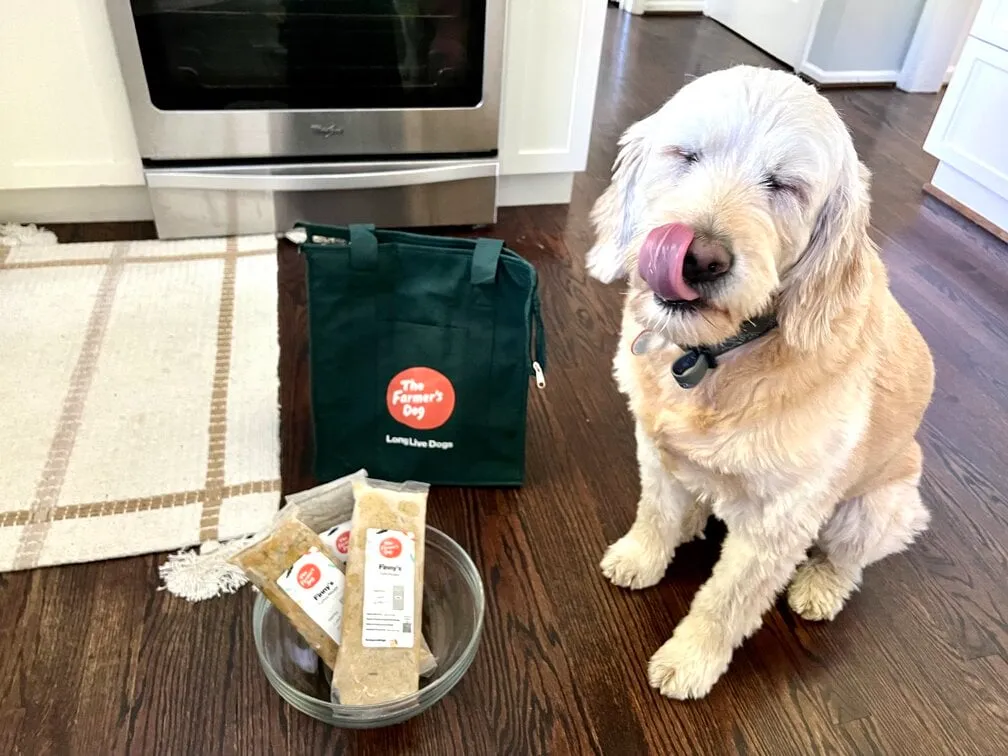
$ 3 – 5 per day, depending on the size of the dog. The Farmer’s Dog drives a premium over commodity kibble but does not charge nearly as much as the high-end veterinary therapeutic diets.
The company’s cost calculator shows how the lower veterinary expenses for obesity-based illnesses, dental disease, and allergies can balance out against the increased food cost in the long term.
Flexible subscription means that customers can use fresh food in combination with kibble or use them as toppings, which makes the switches affordable.
Consumer Experience and Brand Loyalty
The unboxing experience generates an emotional connection through personalised notes and portion guides that give a sense of care that is outside transactional commerce.
Customers’ satisfaction with the nutritional knowledge of the customer service team is exceptionally high, something that is a far cry from past experiences in pet food purchasing.
This focus on education and relationship-building, however, brings phenomenal retention rates, with 92% of subscribers staying on for longer than six months, based on internal data.
Challenges and Industry Disruption
There are peculiar barriers to scaling specialised fresh food. The Farmer’s Dog does not outsource and co-pack its goods, but has its kitchens, which calls for a heavy capital outlay.
They have mitigated the supply chain volatility by diversification in sourcing and predictive ordering algorithms.
The brand struggles with scepticism from traditional, old-school veterinarians who are used to advising well-established kibble brands; this resistance wanes with the arrival of more clinical data.
Comparative Analysis against Competition Fresh Food Brands
Although there have been various new pet fresh food brands, The Farmer’s Dog differentiates itself via the customisation engine and the partnerships with veterinarians.
Unlike the meal delivery services that need the owners to assemble, their pre-portioned, complete meals provide the convenience similar to kibble.
The brand’s refusal to resort to high-pressure pasteurisation (HPP) maintains texture and nutrient quality, though it calls for tighter cold chain management than for the competition.
Future Innovations and Research Directions
The Farmer’s Dog spends plenty of resources on nutritional research and is currently working on producing life-stage specific formulas for giant breed puppies and geriatric dogs.
Their upcoming microbiome-supportive recipes include prebiotic fibres and postbiotic metabolites formulated according to the state-of-the-art gut science.
The company also looks into regenerative agriculture partnerships that can develop carbon-negative supply chains in tune with the soaring awareness of pet owners of environmental issues.
Conclusion
The Farmer’s Dog is not just a superior pet food choice; it calls on the whole industry to step up its game. Where many companies attempt to solve the problem based on automation and accessibility of the product, the brand succeeded in proving that fresh.
Individualised nutrition can be scalable and affordable, having shifted consumer expectations and forcing incumbents to speed up their innovation roadmaps.
With future research continuing to prove the long-term health advantages of the human-grade fresh feeding, The Farmer’s Dog’s early moves make it a market disruptor and market standard to define the following generation of proof-driven pet nutrition.
For health-conscious pet owners, the brand has a very attractive value proposition: the opportunity to add a number of healthy years to the life of their dog through respecting their biological needs in nutrition.
By doing so, The Farmer’s Dog achieves its founding vision – caring about pets, not as animals to be fed, but as members of the family that is worthy of receiving the real, wholesome food.


